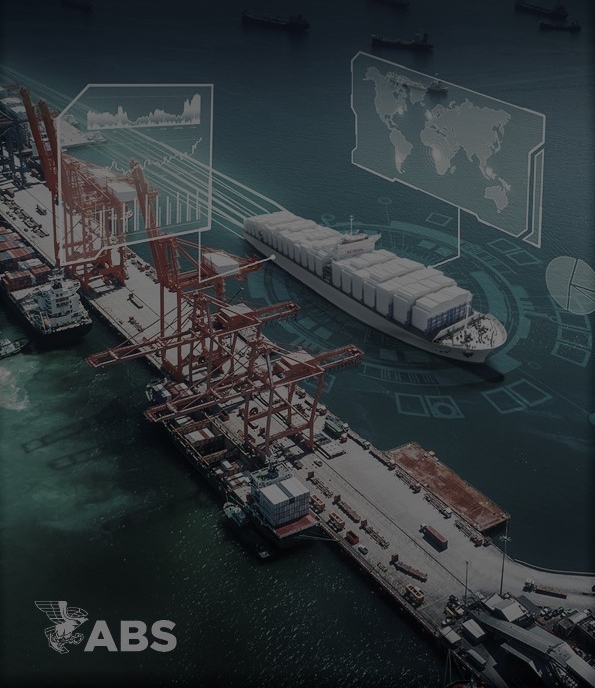Introduction to the ISM Code
- Overview of the ISM Code
- Importance and benefits of SMS implementation
Roles and Responsibilities of a DPA
- Understanding the DPA's mandate
- Legal and regulatory framework
- Key responsibilities and accountability
Implementing Safety Management Systems (SMS)
- Developing an SMS framework
- Key elements of an effective SMS
- Documentation and record-keeping
Risk Assessments and Hazard Identification
- Conducting risk assessments
- Identifying and mitigating hazards
- Implementing control measures
Developing Safety Procedures and Protocols
- Writing effective safety procedures
- Establishing operational protocols
- Ensuring crew awareness and training
Monitoring and Auditing SMS Performance
- Setting performance indicators
- Conducting internal audits
- Continuous monitoring and evaluation
Handling Non-Conformities and Corrective Actions
- Identifying non-conformities
- Root cause analysis
- Implementing and tracking corrective actions
Promoting a Proactive Safety Culture
- Building a safety-first mindset
- Encouraging reporting and feedback
- Recognizing and rewarding safe behavior
Ensuring Compliance with Safety Regulations
- Keeping up-to-date with international regulations
- Ensuring compliance during inspections
- Preparing for external audits
Improving Communication and Coordination
- Effective communication strategies
- Coordinating between ship and shore
- Crisis management and emergency response
Conclusion and Review
- Recap of key concepts and takeaways
- Q&A session for addressing specific questions





































